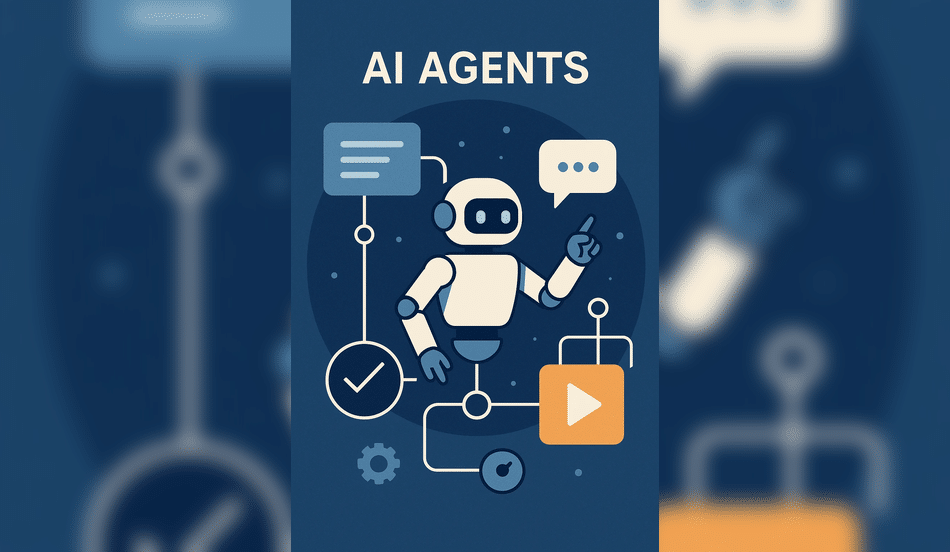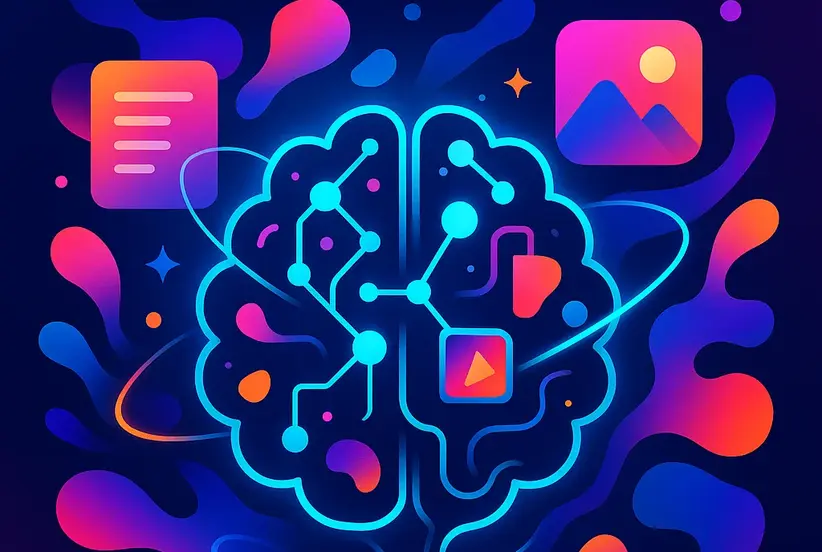Generative AI vs Agentic AI is one of the most important comparisons in today’s AI landscape. Understanding how these two models differ and how AI agents bridge the gap is crucial for anyone navigating the fast-evolving world of artificial intelligence. In this guide, we break down each concept, highlight their unique features, and explain how they’re shaping the future of tech, from automation to decision-making.
What is Generative AI?
Definition and Examples
- Generative AI refers to models like large language models (LLMs) and large image models that create new content—text, images, audio, or video—based on massive datasets.
- Examples include OpenAI’s GPT-4, Llama 3, and multimodal models that can generate images or videos from prompts.
Key Points:
- Trained on billions of parameters and huge datasets.
- Generates new content in response to user prompts.
- Used in chatbots, content creation, and creative applications.
OpenAI: What is Generative AI? | Google AI Blog: Generative Models
What is AI and How Does It Work? | AI in the Modern Workplace | AI Trends 2024
What are AI Agents?
Definition and How They Work
- AI Agents are systems that use LLMs to perform specific tasks, often by making “tool calls” to external APIs or databases.
- Unlike basic generative AI, agents can fetch real-time data or perform actions beyond content generation.
Key Points:
- Designed for single, well-defined tasks (e.g., fetching today’s news, summarizing a document).
- Use prompts and tool calls to interact with external sources.
- Can be built using libraries like LangChain, LangGraph, or LlamaIndex.
Search Multiple AI Jobs on WhatJobs
What is Agentic AI?
Definition and Workflow
- Agentic AI refers to systems where multiple AI agents collaborate to complete complex, multi-step workflows.
- Each agent handles a subtask, and agents can communicate and pass information to each other, sometimes with human feedback in the loop.
Key Points:
- Solves complex goals by breaking them into subtasks (e.g., converting a YouTube video to a blog post).
- Agents can work in sequence or in parallel, sharing outputs.
- Enables automation of entire workflows, not just single tasks.

Key Differences: Generative AI vs AI Agents vs Agentic AI
- Generative AI: Focuses on creating new content from prompts.
- AI Agents: Use LLMs to perform specific, often real-time tasks by calling external tools.
- Agentic AI: Multiple agents collaborate to solve complex, multi-step problems, often automating entire workflows.
FAQ: Generative AI vs Agentic AI
What is the main difference between Generative AI and AI Agents?
The main difference is that Generative AI creates new content from prompts, while AI Agents use LLMs to perform specific tasks, often by calling external tools or APIs.
How does Agentic AI differ from AI Agents?
Agentic AI involves multiple AI agents working together to solve complex workflows, whereas AI Agents typically handle single, isolated tasks.
Why is understanding Generative AI vs AI Agents vs Agentic AI important?
Understanding these differences helps you choose the right technology for your needs and prepares you for future trends in AI development.
What are some real-world applications of Agentic AI?
Agentic AI can automate complex processes like converting YouTube videos to blog posts, managing customer support workflows, or orchestrating multi-step data analysis.




